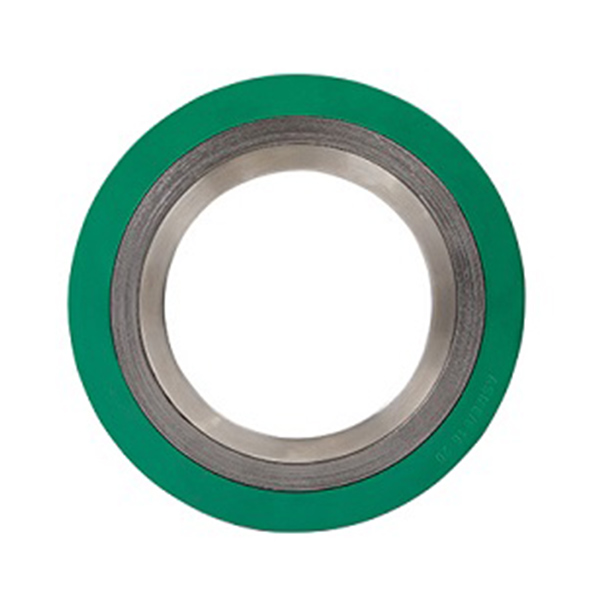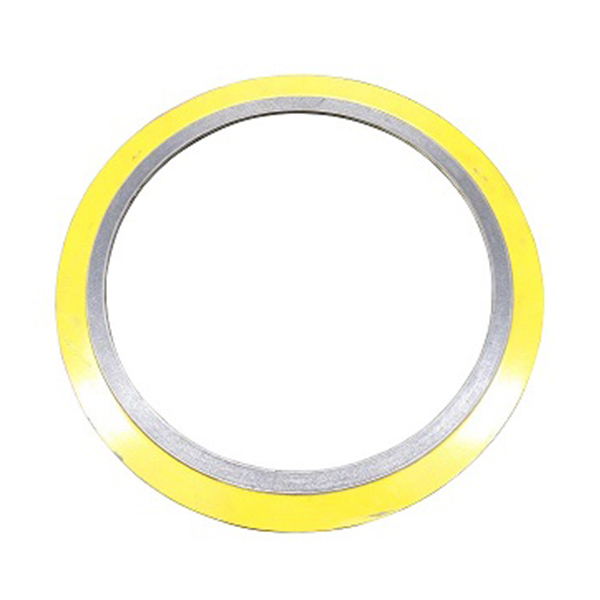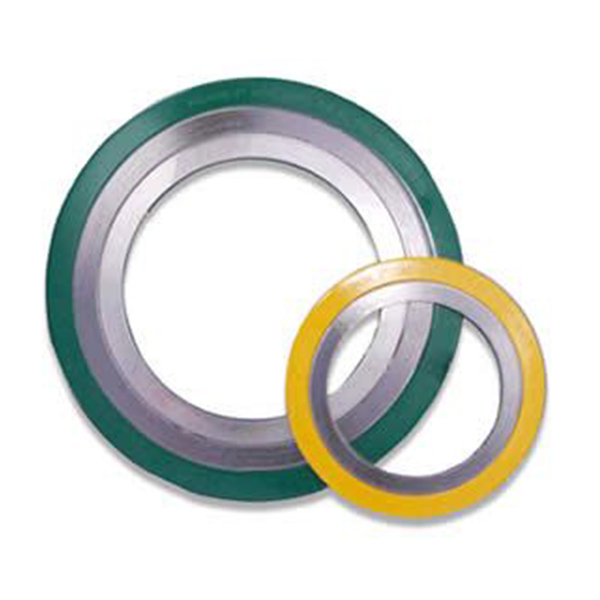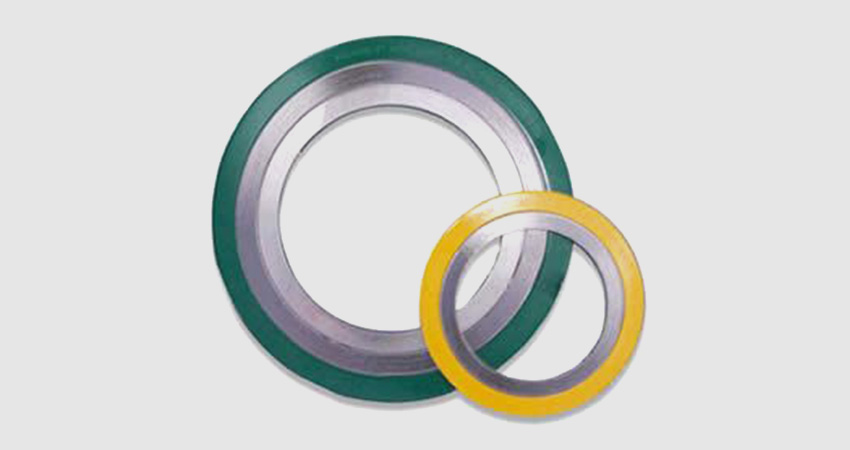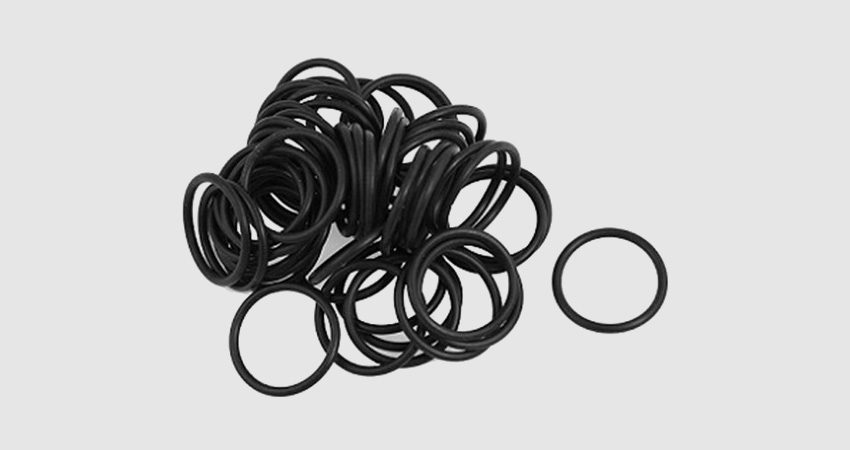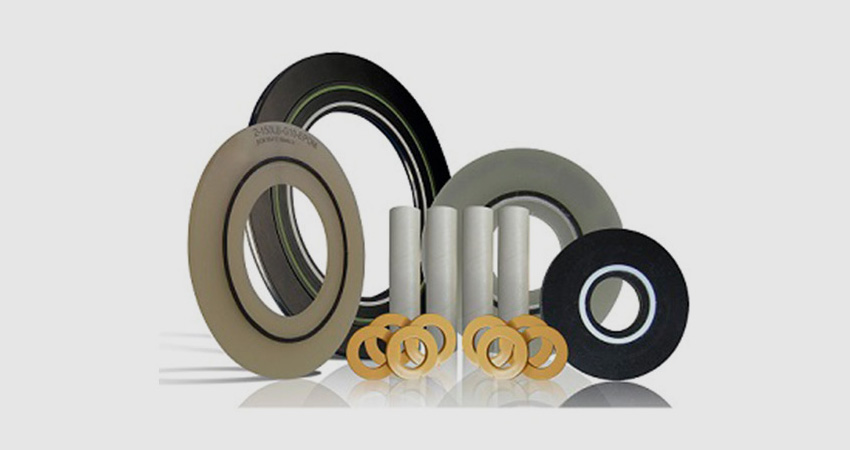Carbon Fiber
What is Carbon Fiber?
Carbon fiber is a high-strength, lightweight material composed of thin, crystalline filaments of carbon. It is known for its exceptional tensile strength, stiffness, and low weight, making it ideal for applications in aerospace, automotive, sports equipment, and industrial sectors. The material is created through a process of pyrolysis, where organic polymers are heated to high temperatures in an inert atmosphere, leaving behind pure carbon fibers with superior mechanical properties.
Key Product Parameters of Carbon Fiber
Our carbon fiber products are engineered to meet the highest standards of performance and reliability. Below are the detailed specifications and parameters that define our offerings.
Material Properties
- Tensile Strength: 3,500 - 7,000 MPa (megapascals)
- Elastic Modulus: 200 - 900 GPa (gigapascals)
- Density: 1.75 - 2.00 g/cm³ (grams per cubic centimeter)
- Elongation at Break: 1.5% - 2.5%
- Thermal Conductivity: 5 - 150 W/m·K (watts per meter-kelvin)
- Electrical Resistivity: 1.5 × 10⁻³ - 1.8 × 10⁻³ Ω·m (ohm-meters)
- Coefficient of Thermal Expansion: -0.5 to 0.5 × 10⁻⁶ /K (per kelvin)
Product Forms and Specifications
We offer carbon fiber in various forms to suit different applications. Each form has unique characteristics tailored to specific needs.
| Product Form | Standard Sizes | Weave Type | Typical Applications |
|---|---|---|---|
| Carbon Fiber Fabric | 50" width, 100-300 gsm | Plain, Twill, Satin | Composite layup, automotive parts |
| Carbon Fiber Tow | 1K, 3K, 6K, 12K filaments | N/A (untwisted bundles) | Pultrusion, filament winding |
| Carbon Fiber Sheets | 4' x 8', thickness 1-10 mm | N/A (laminated) | Structural panels, signage |
| Carbon Fiber Tubes | OD 10-100 mm, length 1-6 m | N/A (rolled or filament wound) | Aerospace frames, bicycle parts |
Performance Comparison Table
Compare carbon fiber with other common materials to understand its advantages in various metrics.
| Material | Tensile Strength (MPa) | Density (g/cm³) | Strength-to-Weight Ratio |
|---|---|---|---|
| Carbon Fiber | 3,500 - 7,000 | 1.75 - 2.00 | High |
| Steel | 400 - 2,500 | 7.85 | Medium |
| Aluminum | 100 - 550 | 2.70 | Medium |
| Fiberglass | 1,000 - 2,000 | 2.50 - 2.70 | Moderate |
Frequently Asked Questions (FAQ) About Carbon Fiber
Here are some common questions and detailed answers to help you understand carbon fiber better.
What is carbon fiber made from?
Carbon fiber is primarily made from polyacrylonitrile (PAN) or pitch-based precursors. These materials undergo oxidation, carbonization, and surface treatment to produce the final high-performance fibers.
How strong is carbon fiber compared to steel?
Carbon fiber has a tensile strength that is approximately 5 to 10 times greater than that of high-strength steel, while being about 70% lighter, making it superior in strength-to-weight ratio for many applications.
Is carbon fiber resistant to corrosion?
Yes, carbon fiber is highly resistant to corrosion from chemicals, moisture, and UV exposure, unlike metals such as steel or aluminum, which can rust or corrode over time.
Can carbon fiber be recycled?
Recycling carbon fiber is challenging but possible through methods like pyrolysis or solvolysis, which break down the resin matrix to recover the fibers. However, the process can reduce fiber length and properties, making it less common than metal recycling.
What are the limitations of carbon fiber?
Carbon fiber is brittle and can fail suddenly under impact without warning, unlike metals that may deform first. It is also more expensive to produce and requires specialized manufacturing techniques, limiting its use in cost-sensitive applications.
How is carbon fiber used in the automotive industry?
In the automotive industry, carbon fiber is used for lightweight body panels, chassis components, and interior parts to reduce vehicle weight, improve fuel efficiency, and enhance performance in high-end and racing cars.
Does carbon fiber conduct electricity?
Yes, carbon fiber is an electrical conductor, which can be advantageous for applications requiring static dissipation or electromagnetic shielding, but it may require insulation in certain scenarios to prevent short circuits.
What is the typical lifespan of carbon fiber products?
Carbon fiber products can have a very long lifespan, often exceeding 20 years, when properly designed and protected from UV degradation and physical damage. However, exposure to extreme conditions or improper handling can reduce durability.
How should carbon fiber be stored and handled?
Carbon fiber materials should be stored in a cool, dry place away from direct sunlight and moisture. Handling should avoid sharp impacts or bending beyond recommended limits to prevent micro-cracks that could compromise integrity.
Are there different grades of carbon fiber?
Yes, carbon fiber comes in various grades based on modulus and strength, such as standard modulus, intermediate modulus, high modulus, and ultra-high modulus, each suited for specific performance requirements and applications.


